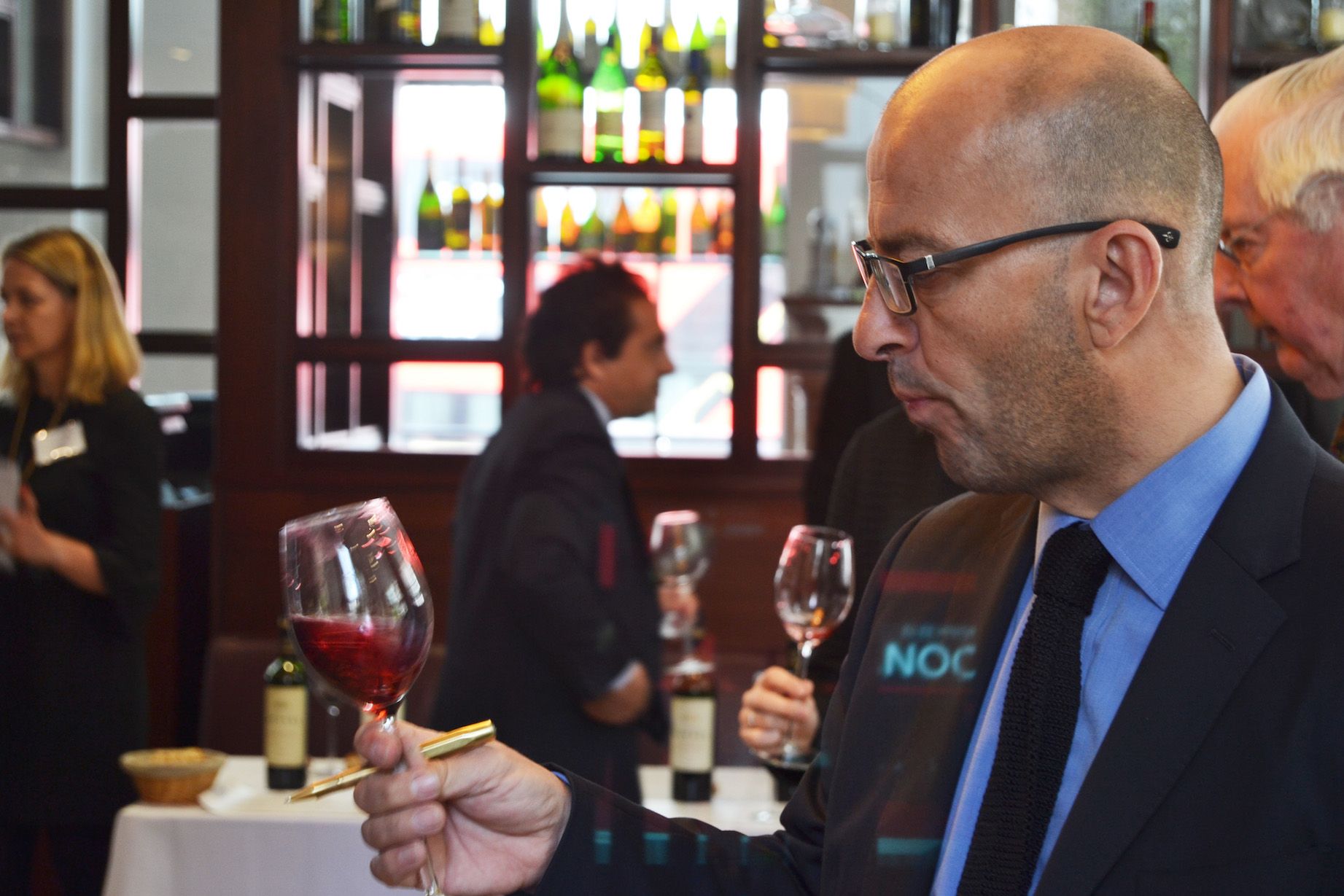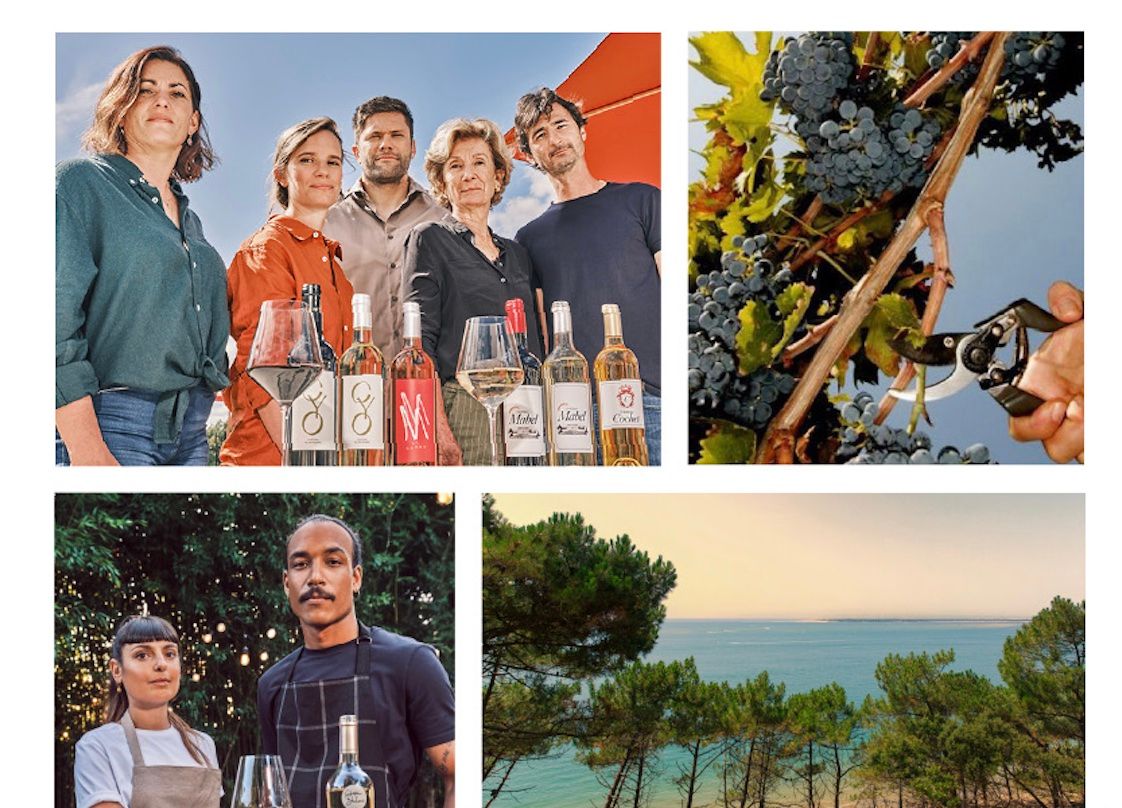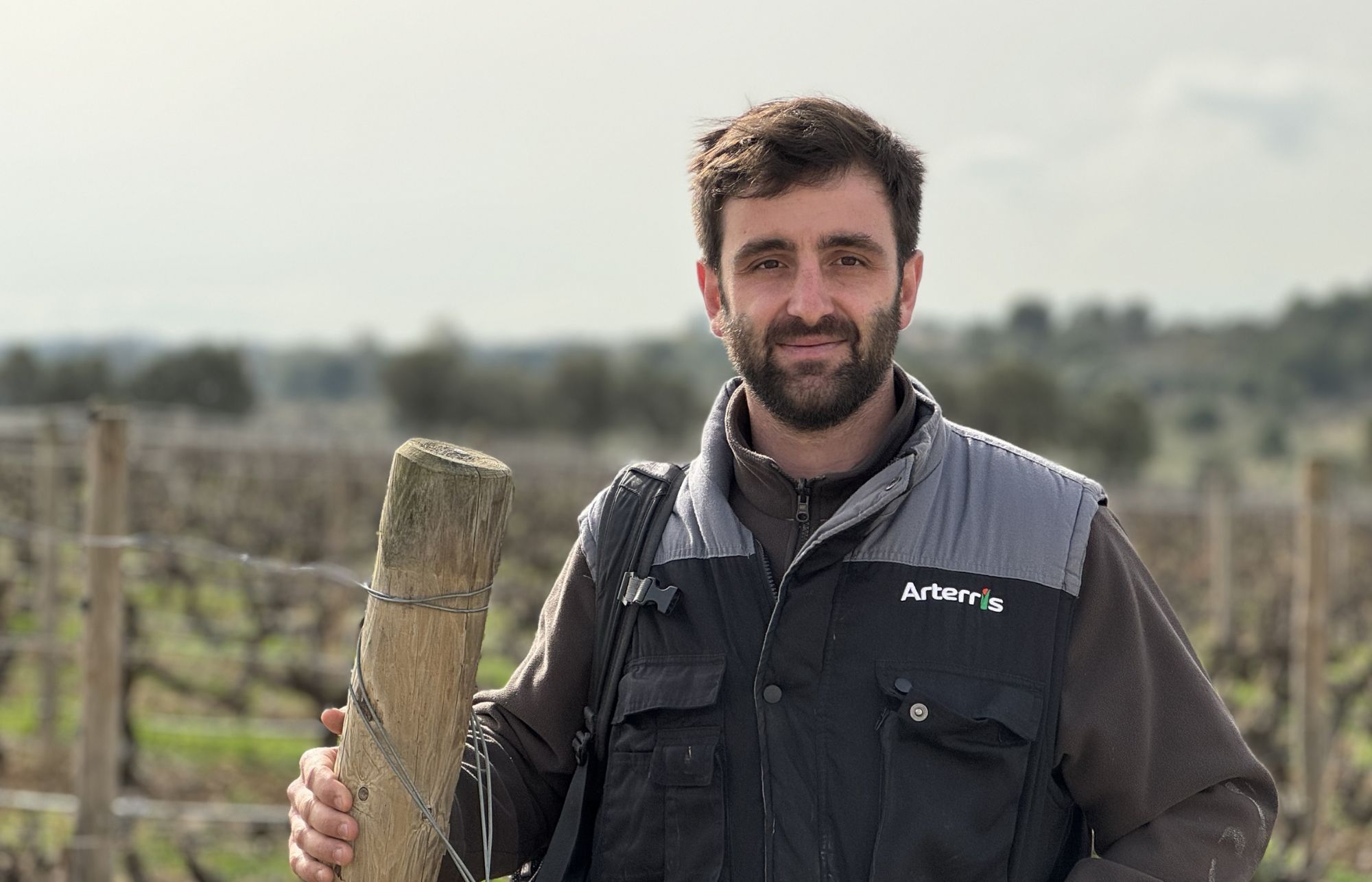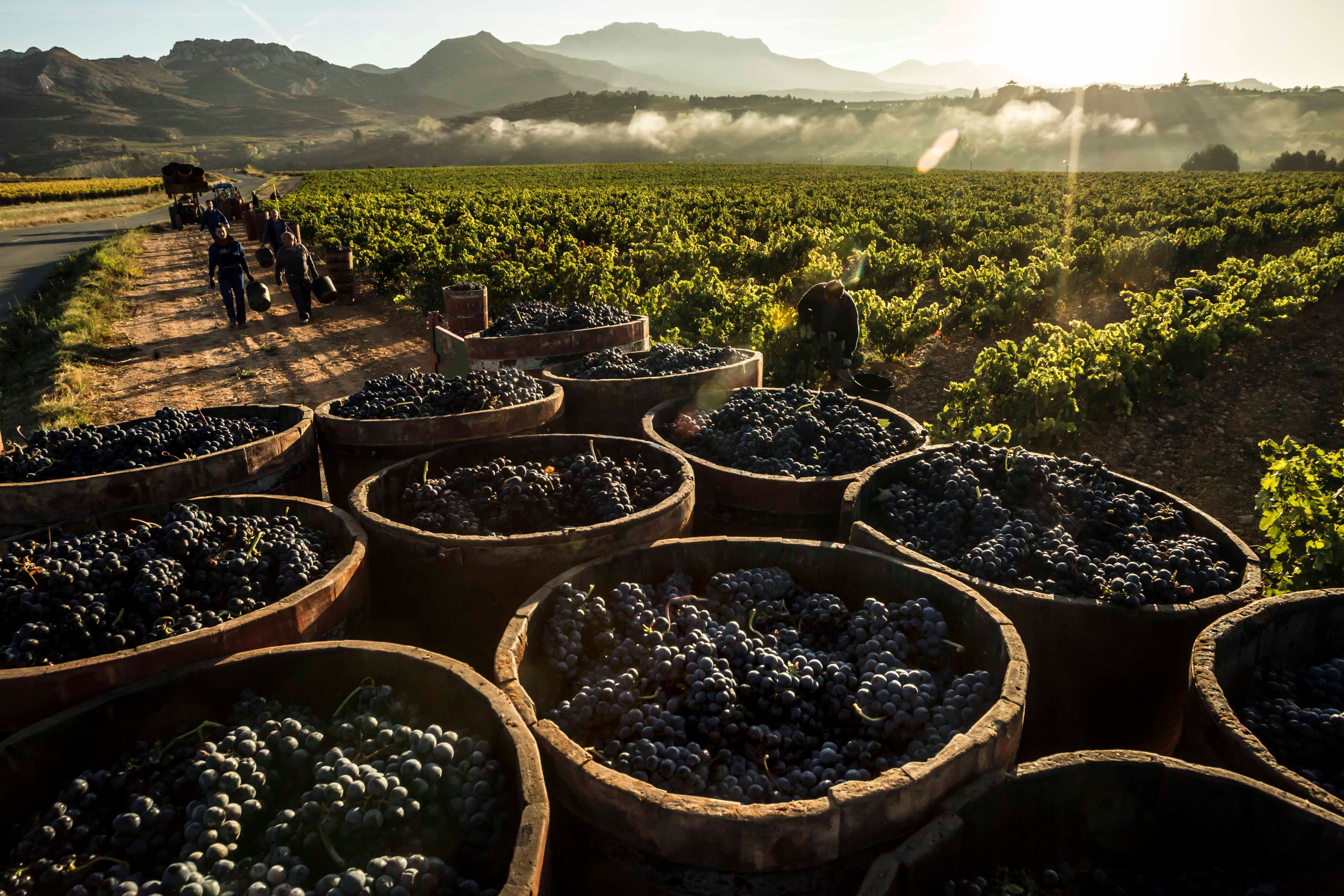Anne Le Naour, the technical director for all three CA Grands Crus’ Bordeaux estates, singles out 2014 as a great vintage to buy, preferring it over the more lauded vintage of 2015
A recent vertical tasting in London of the vintages between 2006 and 2016 from the CA (Credit Agricole) Grands Crus’ triumvirate of Medoc estates – Château Grand-Puy Ducasse, Château Meyney and Château La Tour de Mons – threw up some pleasant surprises.
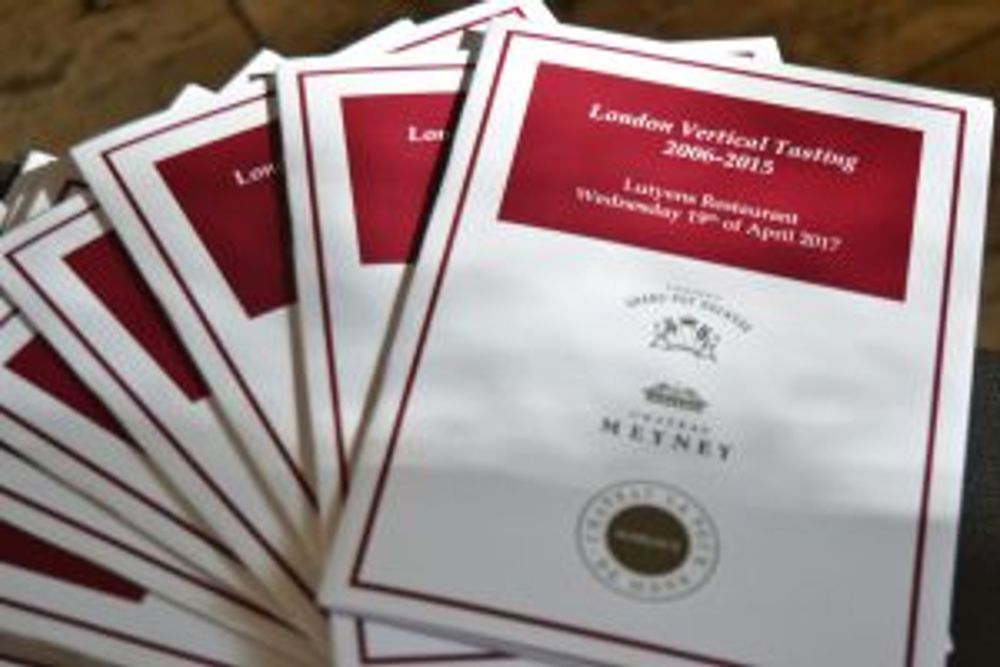
Not from the more celebrated vintages of 2009 and 2010, or 2015 and 2016, but from the less heralded years of 2011, 2012 and 2014.
Meyney, the St-Estephe cru bourgeois, invariably punches above its weight to offer genuine value-for-money, and its 2014 showed superbly. Made up of 55% Cabernet Sauvignon, 30% Merlot and 15% Petit Verdot, it boasted fabulous fruit.
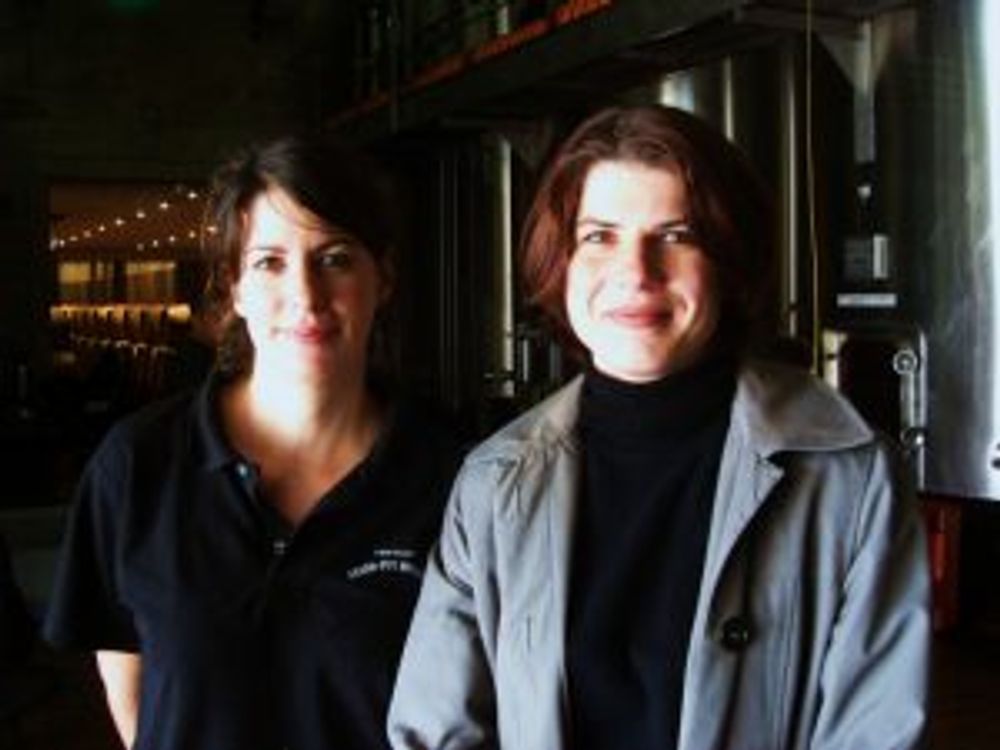
Anne Le Naour, technical director (r) for all three CA Grands Crus’ Bordeaux estates
“I love it, the 2014, with its mass of fresh fruit,” purred Anne Le Naour, the technical director for all three chateaux. “It’s an affordable vintage, and it’s like a blend of 2009 and 2010 in my view.”
Interestingly, Le Naour actually prefers the 2014 vintage to 2015.
“We are lucky to have 2014, 2015 and 2016, which are three vintages that all have real quality,” she told The Buyer. “For me, 2014 is higher than 2015 in general, not just at Meyney. As for 2016, it was huge and an extraordinary surprise. We only discovered how good it was when people from outside came in and tasted and said ‘wow’. We said ‘are you sure?’ We lived it from the inside and couldn’t realise the quality potential of it.”
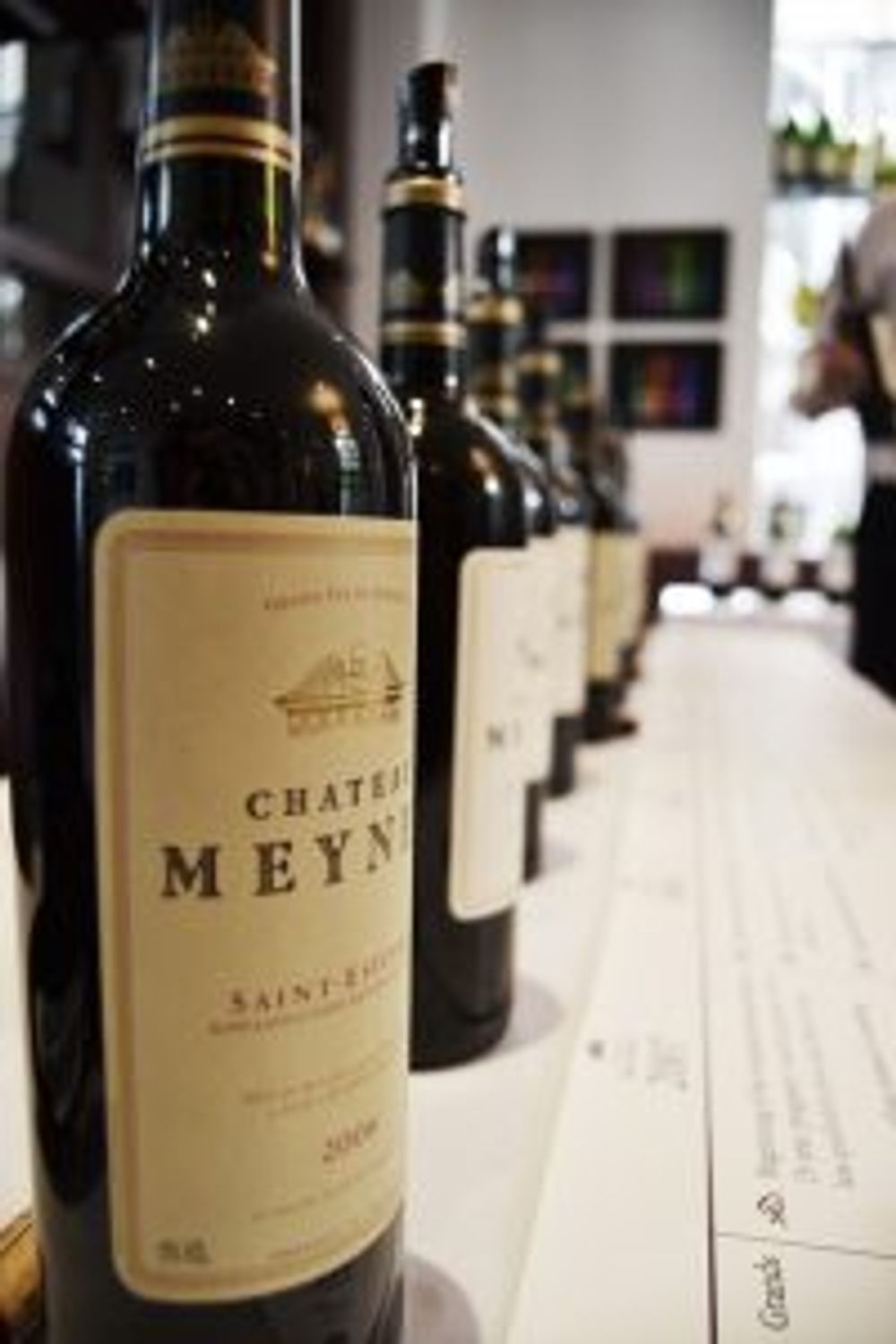
The tannins in the 2016 grand vin of Grand-Puy Ducasse, the Pauillac fifth growth, were certainly very overt but its structure and power were as apparent. The same applied to the Margaux estate, La Tour du Mons, from that same vintage. No Meyney 2016 samples were available for tasting but, by way of compensation, its 2006 (60% Cabernet Sauvignon and 40% Merlot) drank delectably, with black truffles giving it a beguiling nose.
The engaging Le Naour believes that important changes made at the start of the decade in the vineyards at both Meyney and Grand-Puy Ducasse have raised the quality bar.
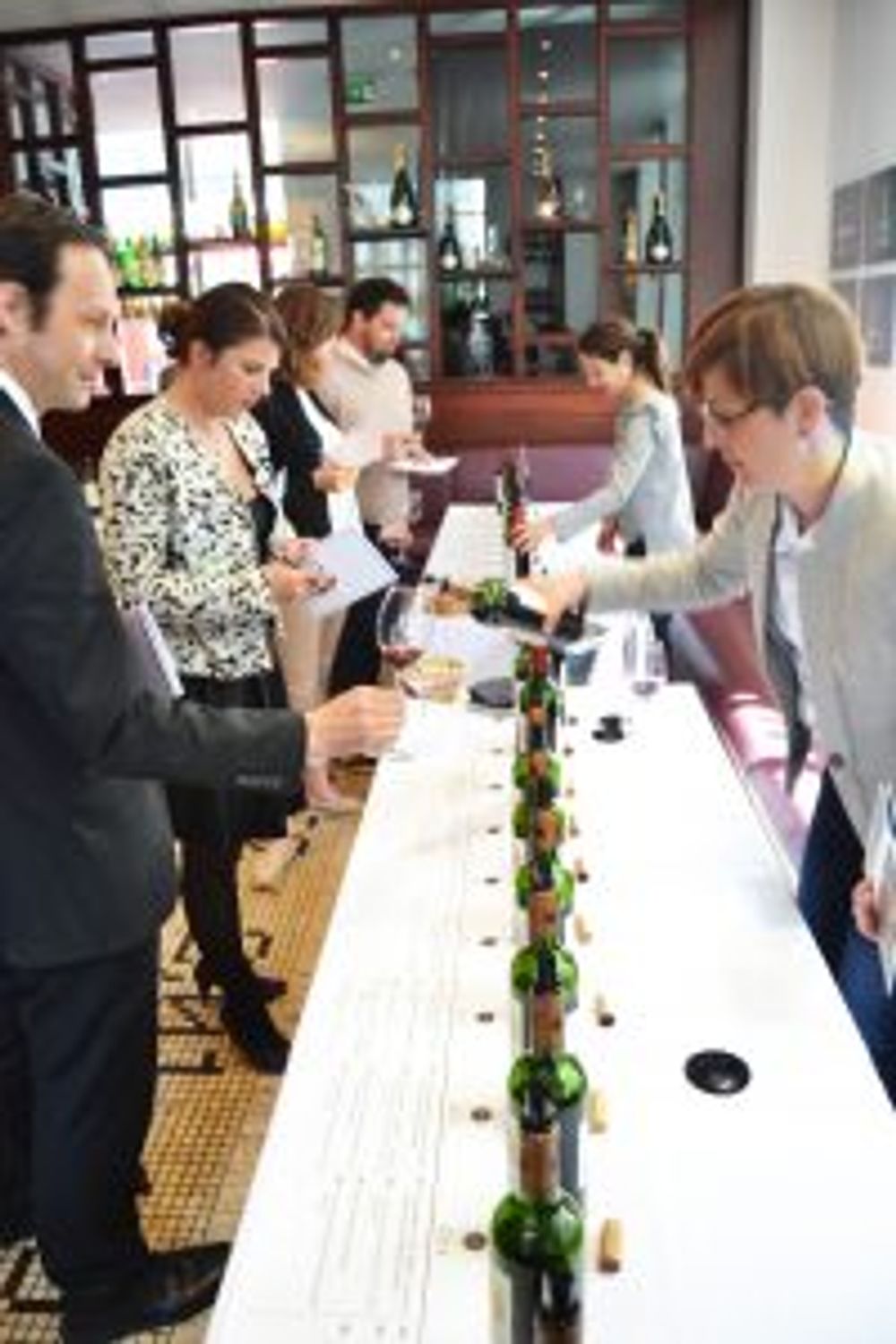
“The canopies were very very low on those two properties, so we had to raise them by increasing the height of the trellising,” she revealed. “It was a good idea, even if very expensive as you have to change all equipment including tractors. It was done in three different years as result, although not at Tour de Mons where it was not necessary. The cost was close to 1 million Euros.”
One important change in vinification that Le Naour instigated the year after her arrival in 2010 was management of extraction. She brought in a longer, more gentle maceration period of 30 days (from 21 previously) with lower extraction. The tannins in the Grand-Puy Ducasse 2012 were resultingly softer and more approachable.
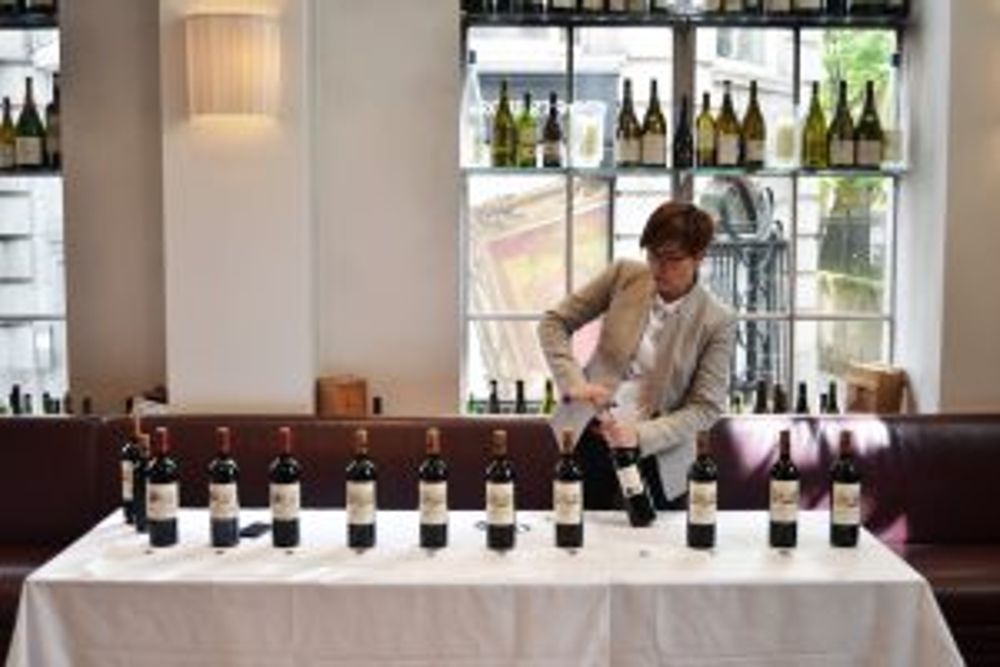
La Tour de Mons, once a cru superieur until the classification was annulled in 2007, contrasts nicely with the other two CA Grands Crus estates. Whereas both those have a preponderance of Cabernet Sauvignon, 55% of Tour de Mons’ vineyards are planted to Merlot.
The chateau also has some Cabernet Franc, unlike the other two. Its 2009 is drinking well already, while the voluptuous 2015, its tannins neatly integrated, had a long finish. Definite value there.
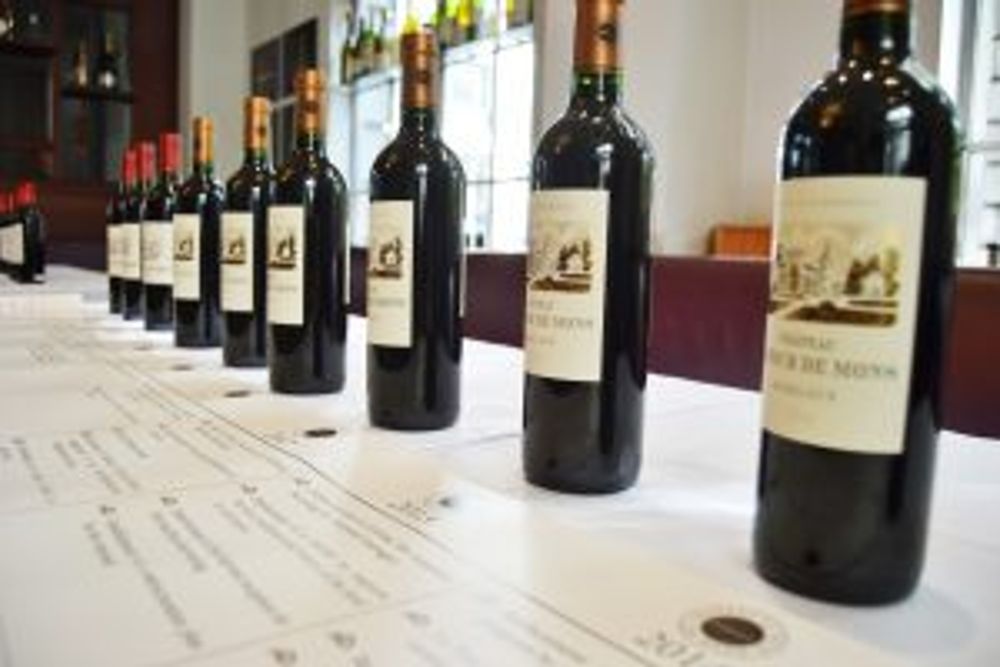
None of the three CA Grands Crus Bordeaux estates are certified organic, but Le Naour talks of the ‘lower environmental impact’ the company aims to have in those and at Blaignan, its fourth Medoc estate. “In general, we want to preserve biodiversity, and that means using less chemical products,” she said. “It’s not a strategic choice right now but we are working on a concept of what we call more reasonable farming.”
Under the considered guidance of Le Naour and long-time managing director, Thierry Budin, CA Grands Crus’ stable of Medoc chateaux, is producing top-notch wines that continue to improve. For British buyers mindful of currency fluctuations, these are likely to become increasingly attractive given their high quality at very fair prices.
